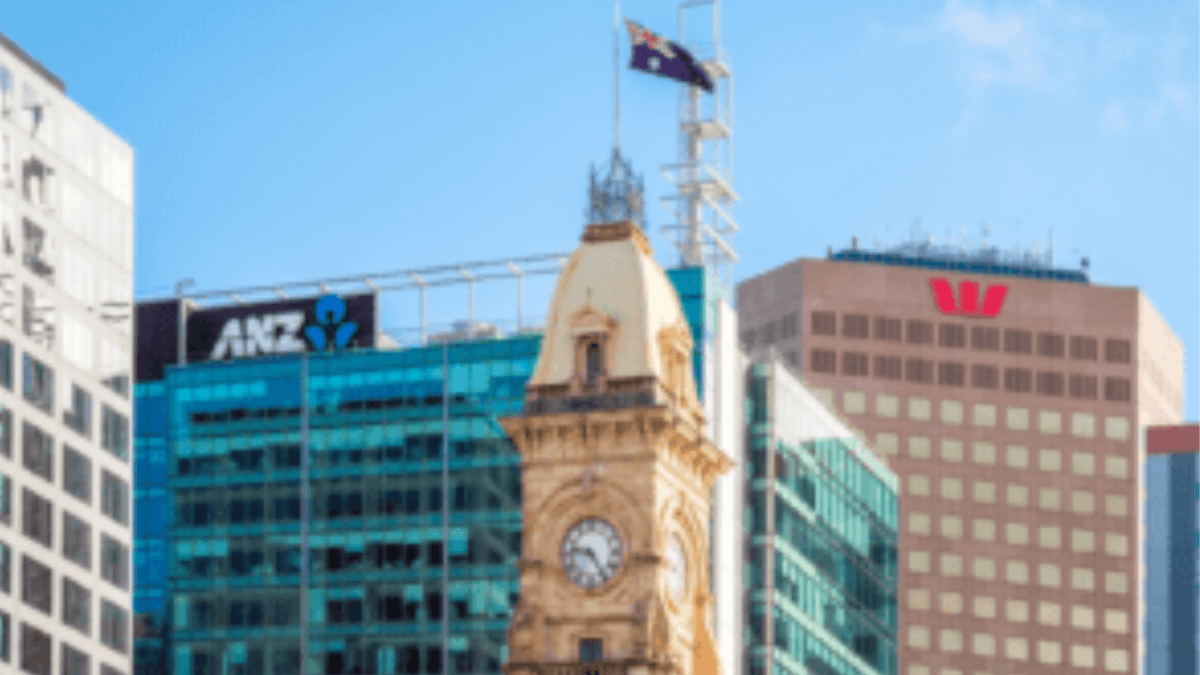Cybersecurity: Risk or opportunity for investors?
You would be forgiven for thinking Australia was suddenly under a coordinated cyberattack given the recent barrage of companies disclosing data breaches.
In the last six weeks alone Optus announced 9.8 million customer records were stolen with 2.1 million identification documents including passports and driver’s licenses exposed, MyDeal (recently purchased by Woolworths) disclosed that 2.2 million of its customer details had been compromised, all while Telstra, EnergyAustralia and Australian Clinical Labs revealed smaller-scale breaches.
Medibank is the latest ASX-listed company to fall victim. After initially declaring no data had been leaked, the private health insurer now concedes it is unsure of precisely what has been stolen or how it occurred, however admits the criminal had access to all of its 3.8 million customers’ personal and a “significant amount” of health claims data.
Speaking to The Inside Investor, 7investing lead adviser Anirban Mahanti (pictured) says that companies have been thwarting cyber threats for a long time. However, as data moves to the cloud, systems have failed to keep up.
“Access to online has grown exponentially, but there are a lot of archaic systems that do not measure up to modern security standards,” Mahanti says.
The biggest headache facing corporate Australia
PwC’s annual CEO survey revealed cybersecurity risks as the top threat to business, above COVID-19 and climate change. Interestingly, Australian CEOs are particularly anxious, with 71 per cent concerned about cybersecurity compared to 50 per cent of global peers.
This is unsurprising given the damage a successful cyber attack can cause. The initial impacts include a loss of business functionality and the potential ransom required to retrieve data. Governments may also impose fines and businesses will need to employ new resources to protect against a reoccurrence.
Estimates vary, but the United National Capital Development Fund says that in 2020 alone the cost of information and technology security breaches cost 4 to 6 per cent of global GDP.
“It’s good for companies operating at the cutting edge of cybersecurity, but it’s a lot of expenses for everyone else,” Mahanti says.
Investors also need to consider longer-lasting impacts. Mahanti notes potential second and third-order effects of a data breach include a loss of credibility, brand dilution and lower revenues.
“Cybersecurity is like an arms race,” Mahanti says. “The bad actors are becoming more sophisticated therefore the protectors need to provide better solutions.”
Never let a crisis go to waste
The ‘protectors’ are where the opportunity lies for investors wanting to benefit from the aforementioned cyber risks and costs facing companies.
Broadly speaking, Mahanti encourages investors to look beyond the Australian market given it represents just two per cent of global equity exchanges.
He adds there are multiple layers within cybersecurity including endpoint solutions, identity verification, global platforms to inspect traffic at scale, hardware and software applications.
Two companies he thinks look interesting are Zscaler and Crowdstrike. Both are free cash flow positive, selling high-margin products and growing rapidly. Despite the two operating in the same industry, they are more partners than competitors given each business specialises in a particular niche.
“Companies will need multiple solutions for cybersecurity,” he says.
“I try to find leaders in each layer and think that a basket approach is likely to deliver good returns even if the individual companies do not.”









